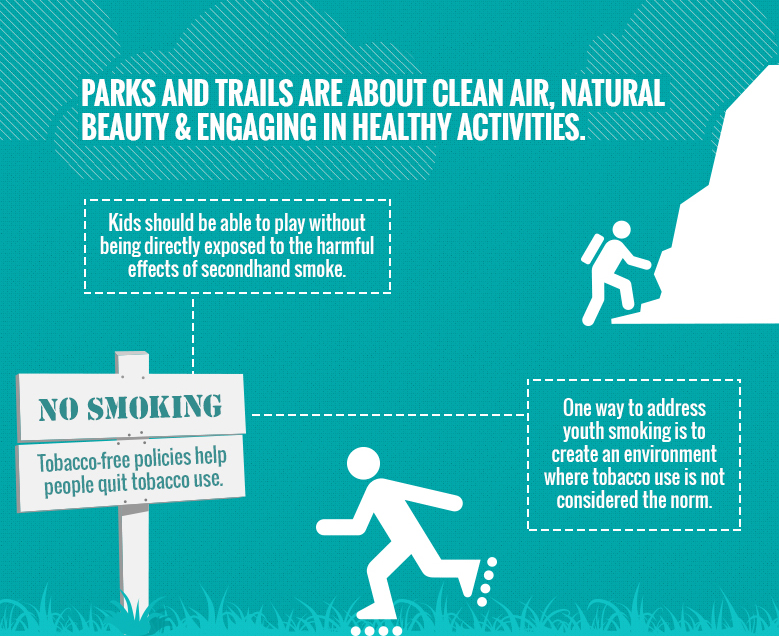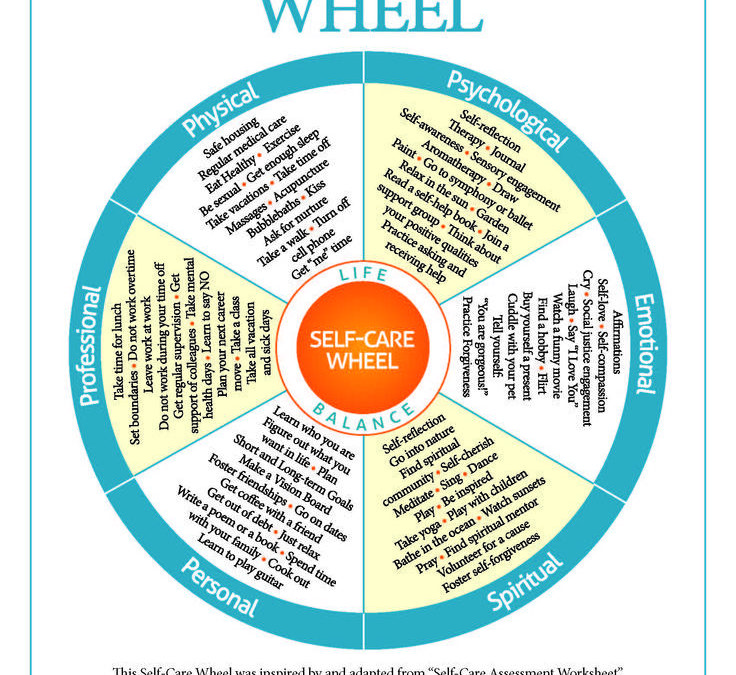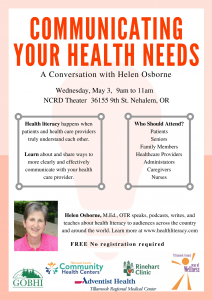
by Guest | Nov 5, 2017 | Being Well
By Clark Miller, LCSW
National indicators seem to show significant reductions in tobacco use (cigarette smoking) over past years. What does that mean? It’s not clear why smoking has decreased. Could it be due to increased costs, prevention efforts, switching to e-cigarettes, attention in young people switched to texting and personal devices?
The trend looks like a good thing. If we leave it at that, however, we run the risk of not using this information to shape effective health policies. A lot of time and money is invested in educating people about the health consequences of substance use, and the health of Americans rests on public education and sound policy. That’s important right now: against concerns of major public health groups like the Centers for Disease Control (CDC), the Food and Drug Administration (FDA) is betting on new harm reduction methods that would actually encourage development and marketing of e-cigarette use. That’s despite preliminary evidence that the rise of e-cigarettes may be drawing more young people to smoking.
Is there really a downward trend for problem tobacco/nicotine use? If we remember that nicotine is the addictive component in tobacco, and look at trends in the delivery of nicotine and its health effects, those apparent gains could be in question.
– The use of e-cigarettes to deliver nicotine “safely” is booming, including for youth .
– What are the health risks for e-cigarette use? We need more research but it is clear that it is not an entirely healthy alternative.
What is known about e-cigarettes and nicotine?
– Nicotine, however delivered, increases risk of onset of type 2 diabetes, increases the risk of onset of serious complications of diabetes, like kidney disease and nerve damage, and of worsening of those complications.
– Addictive behavior involving nicotine increases risk (AKA the gateway effect) of problem use of other substances (like alcohol and opioids).
– Compulsive use of nicotine among youth predicts dependence into adulthood
So, it’s not so simple, and there’s more. The tobacco giant Phillip Morris is pushing hard for approval for a new delivery system that will put tobacco back into the e-cigarette. Tobacco will be heated in a way that provides nicotine and the taste of tobacco, but not, reportedly, the toxic chemicals released by combusting tobacco. This would be a new, potent way to get and keep Americans addicted to tobacco.
For individuals who want to stop use of tobacco and nicotine, what are the effective treatments? Nicotine replacement (like patches) as well as some medications can help quitters get through the physical cravings lasting through initial weeks of stopping. Most relapse occurs months to years after stopping, typically in reaction to a major stressful event, and treatment itself, for long-term success, uses talk therapies to target the beliefs, emotional needs, social risk factors, lack of coping skills, and psychological associations underlying risk of using again, as well as strength of motivation for change.
Most people quit without use of replacement or medication aids, sometimes with the help and support of friends and family, or internet resources. The primary factor predicting success is intrinsic motivation which comes from a combination of a growing awareness of personal values and reasons for stopping, and is supported by a type of individual counseling called Motivational Interviewing.
The most effective treatment is not treatment, but prevention, an important topic that highlights the strong, established correlations among: adverse childhood experiences (ACE) and how they affect neurodevelopment in children. ACEs create increased vulnerability to anxiety and other forms of inner distress, which make self-regulation and impulse control difficult and which increases risk of substance use and other behavioral health problems. Prevention efforts are key to reducing the multitude of behavioral and physical health problems associated with ACE.

by Guest | Oct 28, 2017 | Being Well
By J.R. Becraft, MPH and Michelle Jenck, M.Ed.
Want to find freedom from nicotine and tobacco products? For many it’s a tough challenge. The basics of behavior change are similar for most people. It helps to begin by identifying where we are in the “Stages of Change” to determine what our next steps might be.
Pre-Contemplation: Are we simply not ready to quit, “pre-contemplating” the choice? Are we unaware that we need to change behaviors to protect those around us and live a longer and higher quality life?
Contemplation: Are we beginning to recognize that we want or need to make a major change in our life? Are we contemplating the pros and cons of quitting? Are we exploring why we want to quit along with the barriers that make it hard to take action?
Preparation: Are we really ready to change? Are we mapping out the positive small steps toward the new desired behavior? Do we see ourselves being successful in making that change? Have we set a date? Have we identified resources within and outside of ourselves? Do we have a plan for dealing with setbacks including treating ourselves with the same compassion we would offer to a friend?
Action: Are we taking specific actions right now? Did we quit, even if only for a little while? Are we redesigning our routine and our environment to avoid using tobacco? Have we begun to adopt new habits to help reduce stress and avoid triggers?
Maintenance: Once we have made changes, what are we doing to assure we stick to them? Can we succeed step by step—according to a simple, careful plan? Will we seek the resources within and without to succeed long-term? Are we able to view setbacks as just that and get right back on track?
Success: Are we stable in our new behaviors? Have our new habits become automatic and have our old ones fallen away?
For resources and information:
- Call 1 800 QUIT NOW
- Insurance is required to cover tobacco cessation support. Your doctor or mental health provider and pharmacist all have tools and counsel to help.
- Friends and family can provide vital encouragement.
- Across Oregon and in Tillamook County with its Year of Wellness, communities are becoming places where the healthy choices are the easy choices. Tobacco-free zones will help you on the path to freedom.

by Guest | Sep 2, 2017 | Being Well
By DeAnna Pearl, MAT, BS, CPS, SOS Tillamook Prevention Program Specialist
For anyone who’s been looking for a good reason to treat yourself consider this: You probably don’t do it often enough, and putting “me time” on the back burner is a big part of why we can all feel run-down, frenzied, and overwhelmed. Self-care, to the rescue!
What is Self-Care?
Self-care is care provided “for you, by you.” It’s about identifying your own needs and taking steps to meet them. It is taking the time to do some of the activities that nurture you. Self-care is about taking proper care of yourself and treating yourself as kindly as you treat others.
First Care for Yourself
On an airplane, an oxygen mask drops in front of you. What do you do? As we all know, the first rule is to put on your own oxygen mask before you assist anyone else. Only when we first help ourselves can we effectively help others. Caring for yourself is one of the most important things you can do for yourself. It is also one of the easiest things to forget. But you benefit greatly from self-care and so do others in your life.
Since self-care is a very individual thing, there’s no set prescription for how or when to do it. That said, mental health professionals recommend taking at least 20 minutes a day to do something for ourselves, which seems pretty darn reasonable to us. Lost for ideas? Don’t fret. We’ve rounded up some sweet strategies that’ll help slash stress, boost happiness, and improve total health. Practice any of these self-care behaviors (or any others that occur to you!) daily, weekly, or even hourly—whatever feels best to you.
Why is Self-Care Important for Women?
Women spend much of their lives nurturing others. When we find ourselves focusing more on others than ourselves, we become worn out, stressed out and run down. For those of us who spend time helping and caring for others, it is too easy to neglect our own needs. It’s like “running on empty” when we don’t take the time to re-fuel. We spend so much time and effort caring for our partners, children, pets, friends, family members, employers and employees. Add to that the numerous volunteer activities, errands, housework, family functions, meetings, etc.—and there isn’t much time left for caring for ourselves.
Women need to balance the stress and activity of daily life with activities that bring a sense of peace and wellbeing to their minds and bodies. Women who neglect their own needs and forget to nurture themselves often become unhappy, have low self-esteem and feel resentment. Self-care means treating yourself as a worthwhile person and showing that you are valuable, competent and deserving.
Self-Care Strategies
We cannot take care of others, if we aren’t taking care of ourselves – include self-care into your daily routines with these helpful ideas:
- Take one thing at a time. •Solve little problems. •Be realistic. •Be flexible. •Adopt a positive attitude. •Avoid over-scheduling. •Learn to relax. • Treat your body well. •Adopt a healthy lifestyle. •Eat healthy food. •Exercise. •See your doctors regularly. •Get enough sleep as often as you can. • Take time off when you are sick. •Watch what you are thinking. • Share your feelings. •Talk about stress with friends and family. •Talk to a doctor, spiritual advisor, or other professional for help. •Learn to ask for help. • Be aware of your limitations. •Personalize your work and home environment.
- Take time for self-reflection. • Say “no.” •Limit your exposure to media (e.g., news stories, movies) that deals with sad, violent, or tragic themes.

by Guest | May 30, 2017 | Being Well
By Marge Jozsa, Chief Executive Officer, Rinehart Clinic and Pharmacy
We hear the phrase Emergency Preparedness often and it could mean any emergency storms, floods, wildfires, but much of the focus these days is on preparing for an earthquake and tsunami.
We all know we are at risk for a major earthquake and the inevitable resulting tsunami here in Oregon with the Cascadia Subduction Zone right off the coast throughout the Pacific Northwest. The good news is, we have great resources at our disposal to help us “Be Prepared, not Scared”. Active Emergency Volunteer Corps groups in both North and South County, and Tillamook County’s Emergency Management Office is a storehouse of information.
Rinehart Clinic is working with YOW and other community partners to present fun and FREE safety and emergency preparedness events throughout Tillamook County during the month of June. We hope you will join us at one (or more!) of these events:
Emergency Preparedness Fair (South County)
Saturday, June 10 – 10 am to Noon – Neskowin Fire Station 84, Hwy. 101 in Neskowin
Learn how to prepare for an emergency. Information on water filters, communications, go-bags, solar eclipse safety, a raffle prize, and more! Thank you to our community partners: South Tillamook County Emergency Volunteer Corps and Nestucca Rural Fire Protection District.
Solar Eclipse Safety Activity
Saturday, June 17 – 9 am to 2 pm Tillamook Farmers Market 2nd & Laurel in Tillamook
A rare and exciting event is coming to South Tillamook County when a Total Solar Eclipse makes a path across Oregon the morning of Monday, August 21! Staring directly at the sun can cause severe damage to your eyes, so we have a fun eclipse-viewing safety activity planned. Bring the family and stop by the Rinehart Clinic table on opening day of the Tillamook Farmers Market (Saturday, June 17) and we will have everything you need to make your own personal projector to safely view the eclipse. Plus, register for a raffle prize provided by our community partner, American Red Cross/Cascades Region.
Preparedness Info Fair (North County)
Saturday, June 24 – 10 am to Noon Nehalem Public Works Community Room (35900 8th Street – 1/2 block south of Hwy. 101)
Learn about wayfinding during an emergency evacuation, preparing physically, storing prescription medicines, and more. Thank you to our community partners: Emergency Volunteer Corps of Nehalem Bay and North County Recreation District.
Want to learn more about safety and emergency preparedness? Get involved in your local community’s Emergency Volunteer Corps or Community Emergency Response Team.
Check out these helpful resources for more information:
by Guest | May 13, 2017 | Being Well
By Janet Holboke, MSW, LCSW; Janet is the Older Adult Behavioral Health Specialist for Tillamook County and works for Greater Oregon Behavioral Health, Inc. She can be reached at jholboke@gobhi.net
May is Older Americans month and there is a lot to celebrate about growing older.
Susan Charles and Laura L Carstensen, in their article Social and Emotional Aging(Annu Rev Psychol; 2010, 61; 383-409), found that older adults tend to view life and relationships more positively than their younger peers.
Early in adulthood, we tend to seek out new friends and relationships, have broad social networks and experience intense emotional highs and lows. In our late 30’s, 40’s and beyond, our social networks start to narrow as we focus on the relationships that are the most meaningful and satisfying. Our emotional responses become more stable and predictable. We shift our priorities and tend to seek out important, pleasant activities while avoiding events that are distressing. We are better able to defuse an argument, avoid conflict and work to preserve goodwill. A focus on fewer, more satisfying relationships and social experiences may be why people generally view life more positively as they age.
Studies have also found that older adults tend to remember events less negatively and more positively as they age. Older adults report fewer regrets in life compared to younger people. Even when an older adult has two chronic health conditions, he or she has the same outlook on life as a younger, healthy adult.
The strong social networks formed by many older adults protect them from more than just loneliness. People who have a high level of social activity have fewer memory problems and may even recover more quickly from a serious health event such as a stroke. People who volunteer are even less likely to have problems with thinking and memory.
Undeniably, illness and disability, cognitive decline and/or the death of close friends and family can be a part of aging. For some, painful childhood experiences and long-term social and financial challenges may leave few options for meaningful social relationships in later life. Feeling useless, sad, nervous or depressed can happen for people enduring these life experiences. It is important to realize that these feelings are not a normal part of aging. Talking to a doctor, trusted friend or calling the Friendship Line at (800) 971-0016, can help.
Celebrate Older Americans month by appreciating the positive nature of older adults! Recognize their ability to connect in meaningful ways, focus on close relationships and their desire to ease conflict. Realize that older Americans contributed $75 Billion dollars worth of volunteer labor in 2015 (Corporation for National Community Service) and contribute to the quality of life in Tillamook County for all!

by Guest | Apr 22, 2017 | Being Well

Wednesday May 3 at 9 am – 11 am
North County Recreation District (NCRD) Theater
Health literacy happens when patients and health care providers truly understand each other. Learn about and share ways to more clearly and effectively communicate with your health care provider.
Who should attend? Patients, seniors, family members, healthcare providers, administrators, caregivers, nurses
FREE event – no registration required.
Join us for information about to more effectively talk with healthcare providers.






